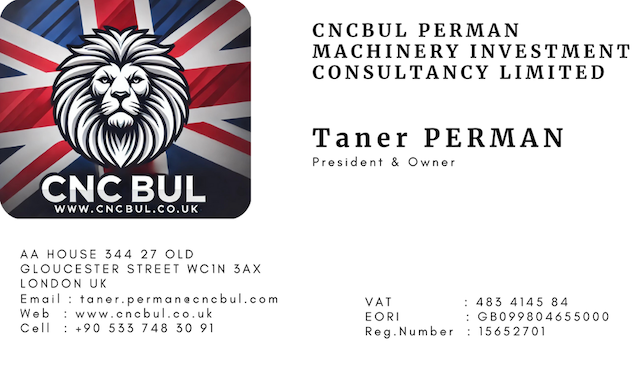23/03/2025
What is Robotic Bending Cell Robotised Press Brake?
A Robotic Bending Cell or Robotised Press Brake System is a fully automated sheet metal bending solution that integrates a press brake machine with a robotic arm and often other peripherals like tool changers, material stackers, and vision systems. It’s designed for high-precision, high-throughput bending operations in automated or lights-out manufacturing environments.
 Technical Explanation
Technical Explanation
 Core Components:
Core Components:
- Press Brake (CNC Controlled):
- A hydraulic, electric, or hybrid press brake equipped with a CNC controller.
- Performs the actual bending of sheet metal using upper (punch) and lower (die) tooling.
- Precision axes (Y1/Y2, X/R/Z1/Z2) ensure accurate positioning of tooling and backgauge.
- Industrial Robot Arm:
- Typically a 6-axis robotic arm (e.g., FANUC, KUKA, ABB, Yaskawa).
- Handles the loading, positioning, reorienting, and unloading of sheet metal parts.
- End-of-arm tooling (EOAT) is often vacuum, magnetic, or mechanical grippers.
- Robotic Gripper System:
- Custom-designed grippers with force/torque sensors to handle delicate parts.
- May include auto-rotation for re-gripping and multi-bend operations.
- Vision and Sensor Systems:
- 2D or 3D vision systems for precise part alignment and orientation.
- Safety scanners and light curtains for human-robot collaboration.
- Tool Changer (Optional):
- Automatically changes punches and dies to enable multi-part/multi-bend programs without human intervention.
- Material Handling Interface:
- Includes raw material stackers, finished part pallets, or conveyor systems.
- Robotic software maps part flow from start to finish.
 Control and Programming:
Control and Programming:
- Offline Programming Software (e.g., RoboBend, TruTops, RobotStudio):
- Simulates bending sequences, collision zones, robot paths.
- Programs both press brake movements and robotic motion.
- Real-Time CNC Synchronization:
- The robot and press brake operate in real-time sync, ensuring parts are held firmly during each bend and re-positioned correctly for multiple bends.
- Adaptive Bending Algorithms:
- Advanced systems use laser angle measurement or thickness sensors to compensate for material variation (springback, grain direction, etc.).
 How It Works (Cycle Example):
How It Works (Cycle Example):
- Robot picks up a flat metal blank from a stack.
- Aligns it using vision or centering station.
- Loads it into the press brake.
- Robot holds and repositions part through each bend step.
- Finished part is placed in a stack, bin, or conveyor.
- Robot repeats the cycle autonomously.
 Technical Capabilities:
Technical Capabilities:
| Feature | Specification Range |
|---|---|
| Bending Force | 50 – 600+ tons (depending on machine) |
| Bending Length | 1 – 6 meters or more |
| Robot Payload | 10 – 200+ kg |
| Positioning Accuracy | ±0.1 mm or better |
| Cycle Time per Bend | 5 – 20 seconds (material & complexity dependent) |
 Advantages in Technical Terms:
Advantages in Technical Terms:
- Repeatability: Robotic motion ensures consistent part positioning across batches.
- Precision: CNC control + sensor feedback = minimal human error.
- 24/7 Automation: Ideal for lights-out production (unmanned shifts).
- Flexible Bending Sequences: Auto tool change & regripping allow complex geometries.
- Material Traceability: Robots can handle barcodes, QR codes for full process traceability.
 Typical Applications:
Typical Applications:
- Sheet metal parts for automotive, HVAC, electrical enclosures, elevators, appliances.
- High-mix, low-volume production with frequent job changeovers.
- Environments demanding tight tolerances and high OEE (Overall Equipment Effectiveness).


